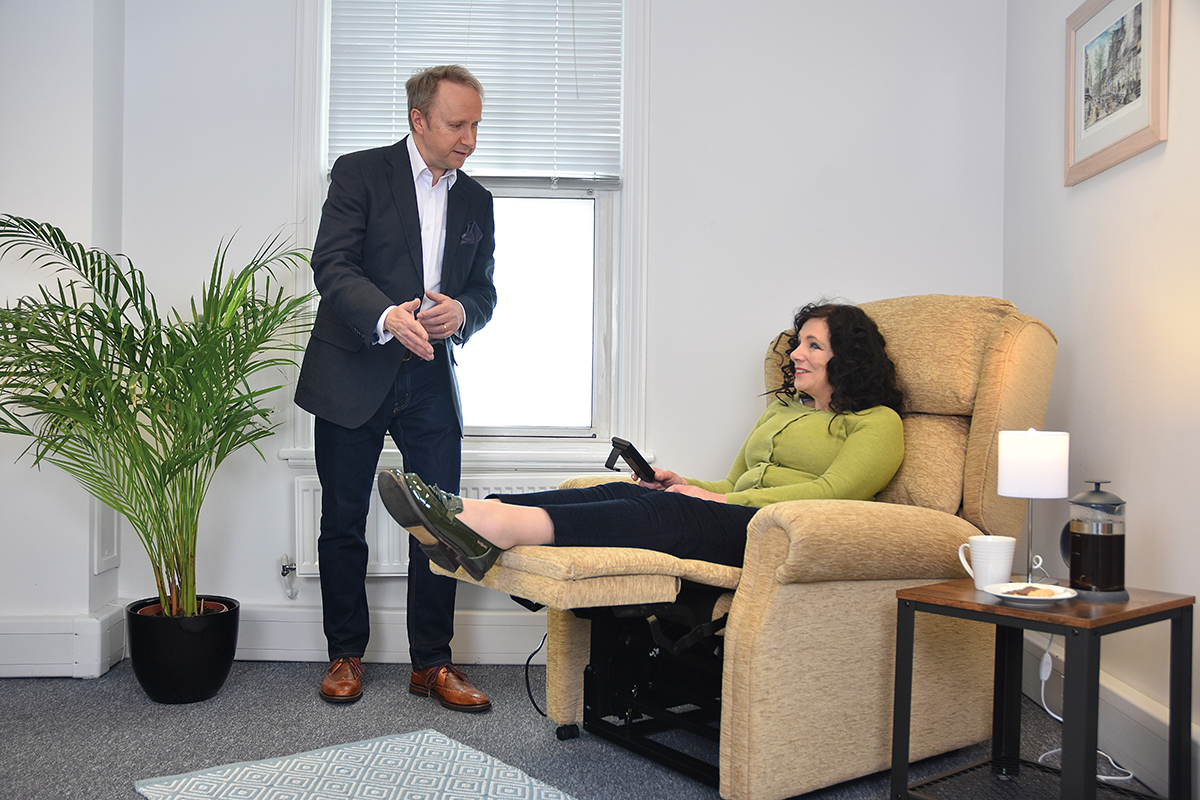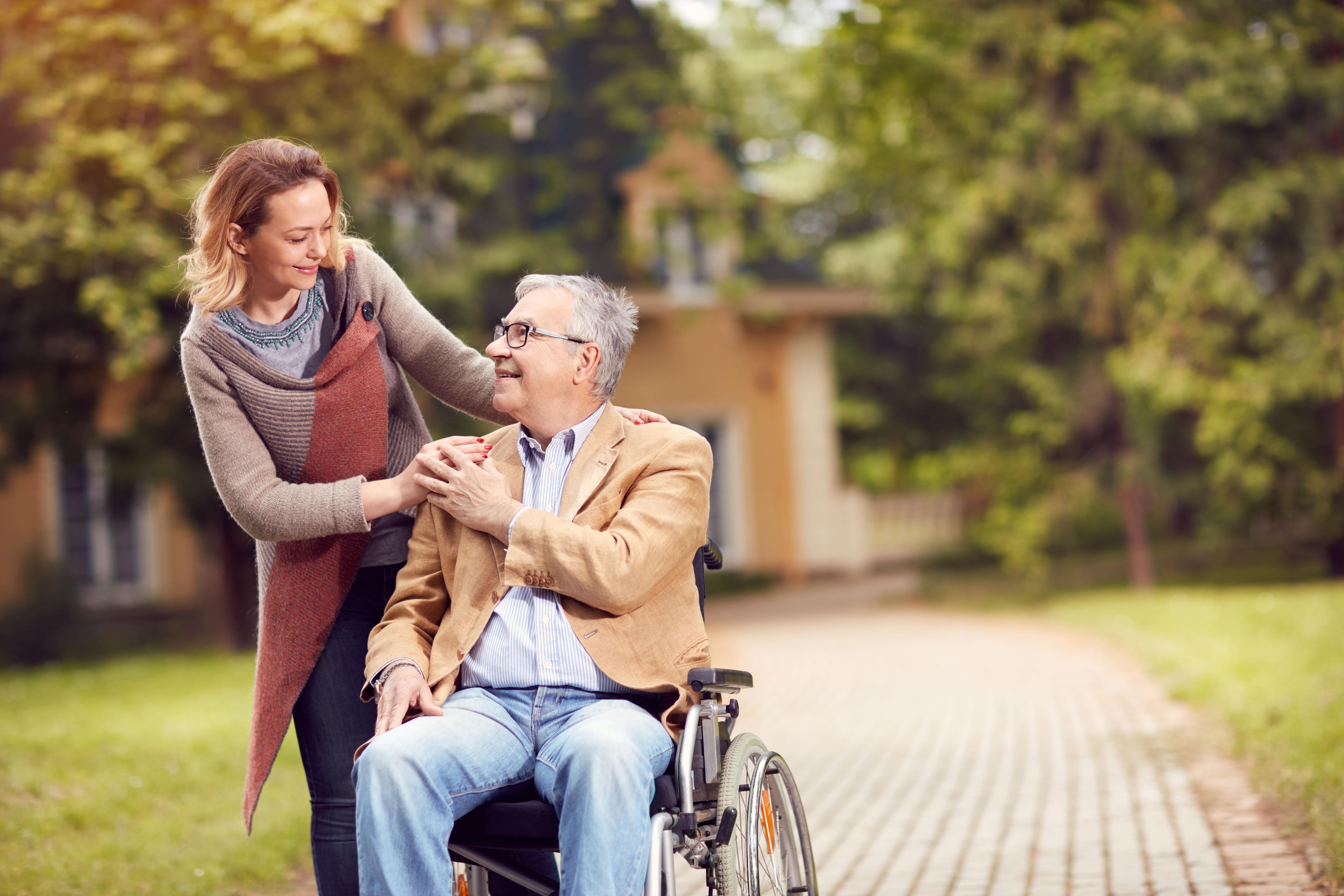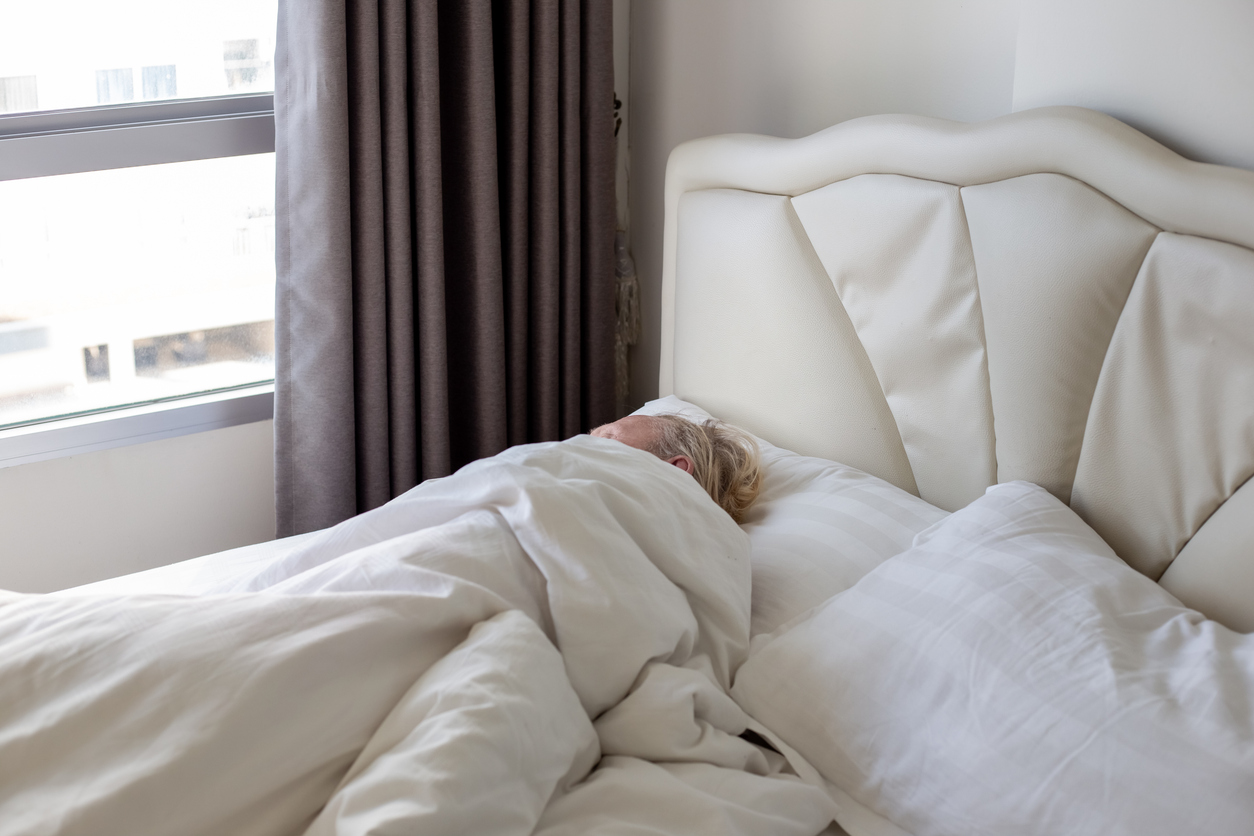5 Health Benefits of Sleeping With Elevated Legs
Social Links
Dr Rob Hicks discusses who needs to put their feet up, why it helps and how to do it
“Put your feet up and have a cup of tea”… a brilliantly British suggestion, but in fact, it is often key medical advice too. People are often advised to elevate their legs for all sorts of reasons, from fluid retention, poor circulation and varicose veins to leg ulcers, cellulitis and recovery from surgery. And it really can make a huge difference.
Key benefits of elevating the legs
There are five key benefits of sleeping or sitting with your legs elevated:
- Less swelling, which eases stiff, painful and swollen joints. Leading charity Versus Arthritis recommends elevating the legs to counteract foot and ankle pain.
- Enhanced healing, as injuries and wounds such as ulcers heal faster when fluid does not collect around them. Failure to elevate a limb can actually delay healing.
- Rest and relaxation is facilitated as inflammation reduces and healing begins.
- Improved mobility… as lower limb conditions get better, people can start moving around more and take more exercise, which is essential for all aspects of health.
- The final result? Better quality of life.
How does it work?
When you stand or sit for lengthy periods of time you are putting pressure on the veins. It can be hard work for blood to work against gravity and get from your feet back to your heart… putting your feet up takes some of this pressure off your veins. It is a way to reduce swelling and improve blood flow to the rest of your body.
How to elevate the legs – top tips
- When elevating your legs, make sure they are fully supported so that their weight is evenly spread. As well as being more comfortable this helps relieve pressure on the knee joint and prevents build-up of pressure in calves or heels. Use a pillow, cushion, stool or rise and recline chair.
- Your feet should be higher than your heart.
- How long to elevate your legs for depends on your individual situation so it may be worth discussing with your GP or nurse. For example, varicose veins may respond to legs being elevated at least three times a day for a minimum of 15 minutes. But someone with ulcerated legs may need to elevate their legs as much as possible.
- Make sure your neck and back are properly supported.
- Raise your feet when lying in bed as well, either with a pillow or using an adjustable bed. Click here for a useful guide to choosing an adjustable bed.
- While your legs are elevated, remember to rotate your ankles and feet at times to help with circulation.
The bottom line is that even though it is a simple action, elevating the legs can bring many health benefits (plus many people find it extremely comfortable). You can raise your legs with pillows or with specially designed recliner chairs and adjustable beds. Either way, put your feet up and enjoy that cup of tea.
Further information
For more information about rise and recline chairs, adjustable beds and homecare beds download the brochure from The Mobility Furniture Company or tel 0808 2651372 for further information.
*This website contains general medical information. The medical information is not advice and should not be treated as such. Read our full Medical Disclaimer here.



